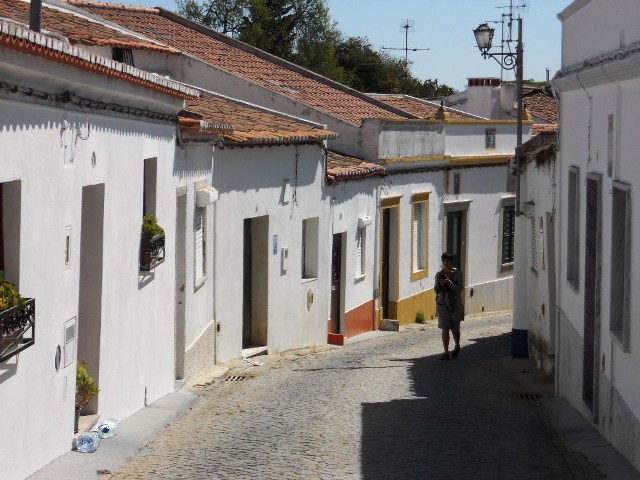Historical Beja
For many visitors a wander through Beja in the Alentejo will elicit a mixture of emotions: admiration at the splendid old houses and doorways, sadness at the obvious destruction and neglect and perhaps an overall sense of confusion about what happened where (and why) in a city that has suffered damage at the hands of both foreign invaders and its own misguided leaders.
Roman archways, Visigoth art and Manueline architecture are testament to Beja’s historical importance, long before Napoleon’s armies ransacked the city and the Viscount of Ribeira Brava tried his hand at modernisation (in other words, pulling down almost everything of historical value) in the 19th century. Whatever your reaction, you are most likely to be impressed by the photogenic nature of Beja’s old buildings and the typically laid-back vibe that gently permeates the city’s narrow lanes.
Main sights
Perhaps the best way to explore Beja is to put away your map and get lost in the city’s narrow lanes. We soon found ourselves wandering through the old Jewish quarter, past the Gothic gate and stumbling across a magnificent Manueline doorway or window. Azuelo tiles adorn the walls of several homes and municipal buildings while we were never more than a few steps away from an old church, many of which are home to ostentatious displays of gold decoration that are typical in the region.
That said, there are a few sights that are worth making sure you find on your way around Beja. Perhaps the most famous is the Igreja de Santo Amaro, a 15th century that houses the most important collection of Visigoth art (from around the 6th/7th century). Entrance is only €2 and I would recommend it if nothing else simply to admire simplicity of the church and enjoy its cool interior for a while.
Nearby is the castle, dominated by the Torre de Menagem and the Roman archway of the City Gate. Take the time to climb the tower and enjoy the magnificent views across the surrounding plains of the Alentejo.
The main square of the old city is the Praca da Republica, dominated at one end by the marketplace and arcade in front of the Igreja da Misericordia. Here we bought a few pieces of locally made handicrafts at very reasonable prices. Don’t miss the Pillory, a medieval punishment tool that now stands quite benignly to the east of the square, having been reconstructed and moved to its current spot in the early 20th century.
A Winter Break
The Alentejo enjoys typically mild winters and offers a perfect antidote to the gloom and cold of the British winter. You can take a short break in the nearby royal city of Evora, staying in the Hotel Convento do Espinheiro, a former monastery that has been preserved as a historic monument while being tastefully converted into a luxury hotel. From here you can reach Beja in around an hour and visit several of the region’s beautiful walled towns, such as Estremoz and Monsaraz, both of which are a short drive away. The region’s vineyards also make for a great day out, with the designated Alentejo Wine Route passing right through Evora. Contact us for details of our special Alentejo winter breaks.







